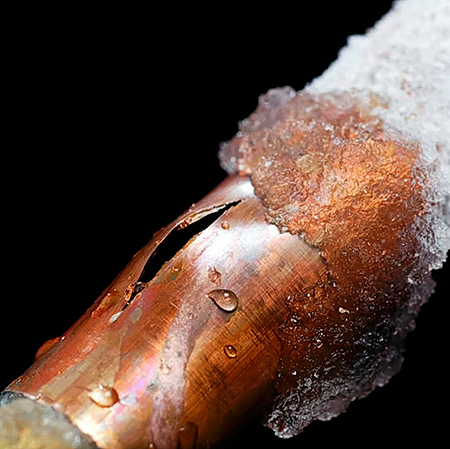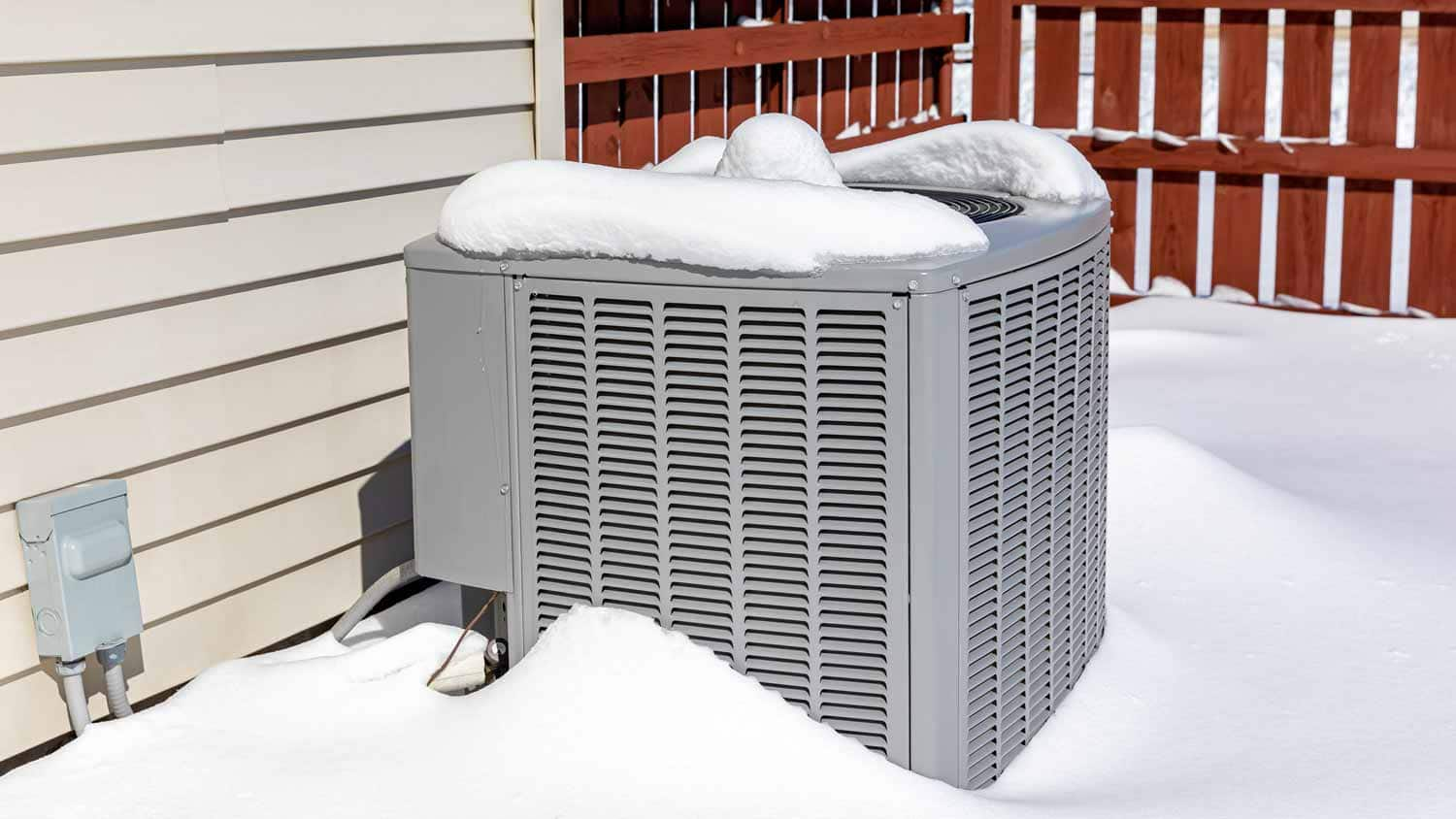Have you been searching for related information Have a Frozen AC Line? Here’s How to Fix It?

Introduction
Uncovering that your air conditioning pipeline is iced up can be concerning, particularly throughout warm summer months when you depend on your a/c unit one of the most. Recognizing what to do in such a situation is essential to avoid additional damages to your air conditioning system and guarantee your convenience inside.
Recognizing the Causes
Numerous elements can add to the cold of an AC pipe. Understanding these causes can help you deal with the concern successfully.
Lack of Airflow
One typical source of a frozen air conditioning pipe is inadequate air movement. When the air movement over the evaporator coil is restricted, it can cause the coil to drop below freezing temperature, leading to ice formation on the pipe.
Reduced Refrigerant Levels
Not enough refrigerant degrees in your AC system can also cause a frozen pipeline. Reduced refrigerant levels can create the pressure in the system to drop, causing the cold of moisture on the evaporator coil.
Cold Weather Conditions
In chillier environments, freezing temperatures outside can contribute to the cold of air conditioner pipelines. If your AC unit is not appropriately protected or if there are leakages in the ductwork, cold air can infiltrate the system, triggering the pipe to freeze.
Dirty Air Filters
Dirty or blocked air filters can restrict airflow in your air conditioner system, bring about numerous concerns, consisting of a frozen pipe. It's essential to change or cleanse your air filters on a regular basis to guarantee proper airflow and protect against ice accumulation.
Signs of a Frozen Air Conditioning Pipe
Recognizing the indicators of a frozen air conditioner pipe is essential for punctual action.
Minimized Airflow
If you notice a considerable decline in airflow from your vents, it could indicate an icy pipeline.
Ice Buildup on the Pipe
Noticeable ice buildup on the cooling agent line or the evaporator coil is a clear indication of a frozen a/c pipeline.
Strange Sounds from the Unit
Unusual sounds, such as hissing or bubbling, coming from your air conditioning system can signal that there's ice existing on the pipeline.
Immediate Actions to Take
When faced with an icy air conditioner pipeline, it's important to act swiftly to stop additional damages to your cooling system.
Turning off the air conditioning
The very first step is to shut off your air conditioning unit to stop the system from running and aggravating the problem.
Looking for Blockages
Inspect the location around the indoor system for any kind of blockages that may be obstructing air flow, such as furniture or drapes.
Defrosting the Pipe
You can make use of mild methods like placing towels taken in cozy water around the icy pipeline to aid thaw it slowly.
Safety nets
Taking safety nets can help prevent future occurrences of an icy air conditioning pipeline.
When DIY Methods Fail
If your efforts to thaw the pipeline or address other issues are not successful, it's time to call in an expert.
Significance of Hiring a Professional HVAC Technician
A qualified HVAC professional has the proficiency and tools essential to detect and repair issues with your air conditioner system securely and efficiently.
Regular Maintenance Checks
Schedule regular upkeep contact an expert HVAC service technician to make sure that your a/c system is running effectively.
Changing Air Filters
Frequently change or clean your air filters to stop air movement constraints and keep optimum performance.
Protecting Exposed Pipes
If your air conditioner pipelines are revealed to cold temperatures, take into consideration shielding them to avoid freezing throughout winter months.
Seeking Professional Help
If DIY methods stop working to solve the issue or if you're unsure about how to continue, it's ideal to seek aid from a certified HVAC professional.
Conclusion
Handling a frozen air conditioner pipe can be a frustrating experience, however understanding just how to react can help minimize damage and recover convenience to your home. By understanding the reasons, acknowledging the signs, and taking punctual activity, you can successfully attend to the issue and protect against future occurrences.
Frozen AC Line: Why It Happens & What To Do About It
A frozen AC line can be a rather peculiar sight in a place like Phoenix, Arizona where nothing ever freezes. In this post, we’ll discuss what makes an air conditioner line frozen – and what you can do about it.
Dirty Air Filters
Did you know that you should be cleaning or replacing your air filters on a monthly basis? Failing to do this can result in airflow issues that, in turn, cause your evaporator coils and lines to freeze over. You’ll notice a buildup of ice on both components, although the buildup on your pipes will, of course, be more evident unless you open your air condition up to reveal the coils.
What To Do About It
Give your air filter a good cleaning if it’s reusable. If not, replace the filter outright. Next, switch your air conditioner’s fan setting on and leave it there for 2-3 hours. This will draw warm air in, helping to thaw your evaporator coil. You can also check out this article for some tips on cleaning the coils themselves if you’d like to speed the process up. Before you switch the unit back to its normal state, make sure the supply vents are completely unobstructed and free of dust or other debris.
If you keep having this issue even after replacing your filters regularly, contact a local HVAC repair company and have them inspect your evaporator coil, ductwork, and any other components that may be at fault. If you live in the Phoenix, Arizona area, give American Home Water and Air a call.
Low Refrigerant Levels/Leakage
What To Do About It
Contrary to what air conditioner “recharge” companies often tell their clients about refrigerant, it should never need to be simply refilled. You see, refrigerant runs in what experts refer to as a “closed loop.” Refrigerant really shouldn’t be leaving that loop. If it is, you’ve got a leak.
Paying someone to come and pump more refrigerant into your system (aka “recharge” it) isn’t the solution. Doing that will simply kick the can down the road. Besides, refrigerant leaks can be harmful to the environment and people in your home.
Rather, you need to take care of the leak with the help of a technician. Check out this article for some more information about dealing with air conditioners that are leaking refrigerant. Before you contact a technician, switch your thermostat to the off position. Then, switch the fan setting on and let it run for 2-3 hours so the unit can thaw.
Improper Temperature Setting
Improper temperature settings can also cause a drop in your air conditioner’s pressure. What many people don’t realize is that air conditioners are actually designed to run when temperatures have fallen above roughly 60 degrees Fahrenheit. If you run the unit when it’s cold outside, you’ll run into many issues, including frozen components.

Do you really like reading up on Have a Frozen AC Line? Here’s How to Fix It? Make a remark further down. We will be pleased to see your insights about this blog posting. We hope that you come back again before long. Do you know about another individual who is curious about What Do I Do If My AC Pipe Is Frozen? Why not share it. Thanks a lot for your time. Kindly check our website back soon.
Call Today